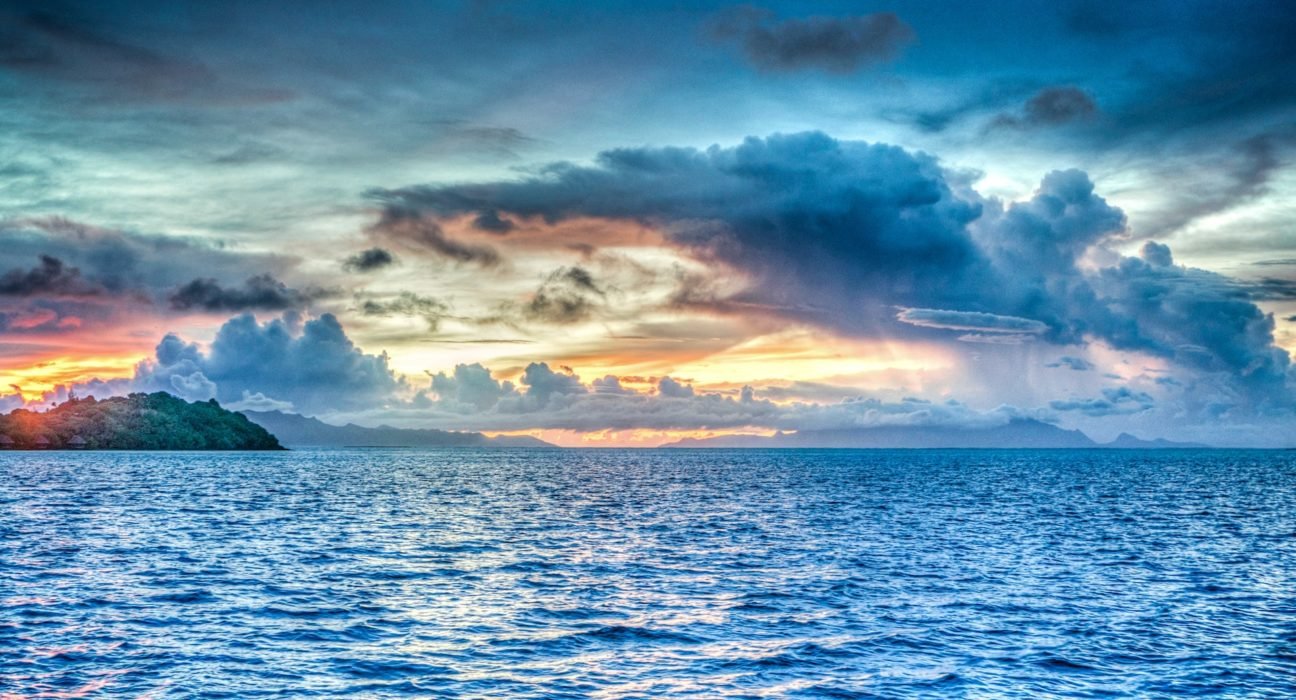Since a young age, we have been educated that the surface of Earth has over 70% of water. It makes sure that all living organisms on Earth require water to survive. With such a huge percentage of Earth’s surface being covered with water, it can be estimated that there are a vast number of aquatic species that are yet to be discovered. However, in this guide, we will find out the top five oceans in the world.
Oceans are considered the biggest water bodies in the world and are also a pride. These are also known as the lifeline of Earth as they provide lanes for international trade. Apart from being beneficial to humans, the vast marine life itself is something that shows the diversity of our planet.
As we humans understand the value of oceans in our life, these are the lifelines that are celebrated across the world. The United Nations organization has recognized 8th June as world ocean day since the year 2008. These are the remaining jewels on our planet.
There is always a need to conserve these few gems available on the Earth’s surface. Remember that it has a huge importance on increasing global pollution. Hence, on world ocean day, we should all celebrate and honor the presence of oceans in our world. In this guide, we will find out the top five largest oceans in the world.
Table of Contents
Top five oceans of the world
Pacific Ocean:
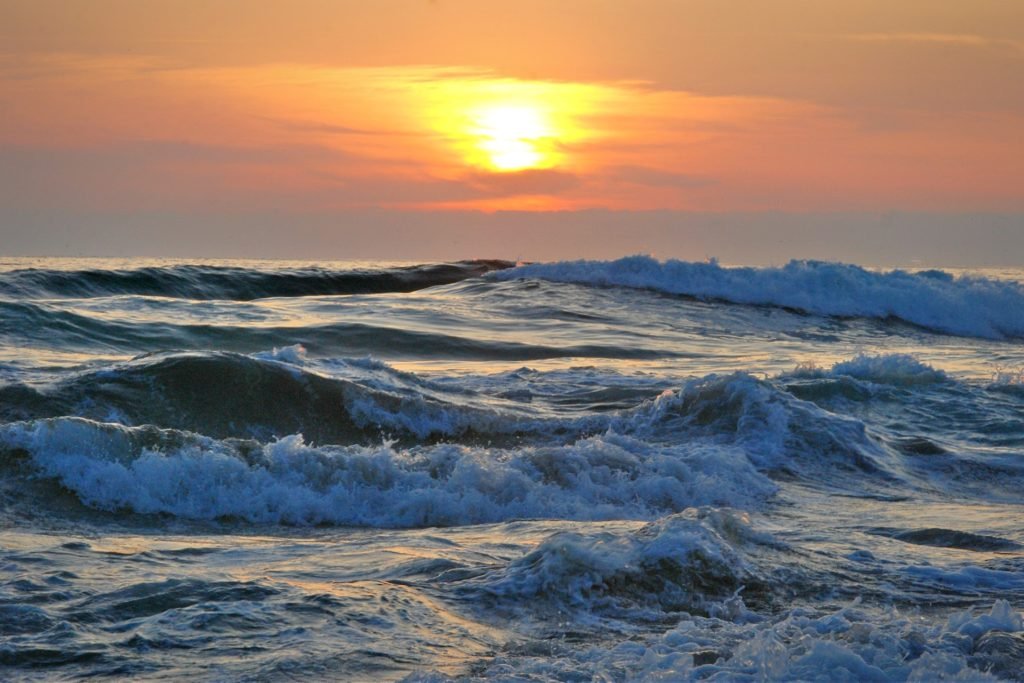
The Pacific Ocean is certainly one of the first names of the oceans in the world. It covers almost 46% of the Earth’s surface and hence is considered the largest ocean in the world. It is almost half of the entire water body present on the Earth’s surface.
To be more precise, the Pacific Ocean covers 165,250,000 km² of area. The total area is even bigger than the total land present on Earth. The west coast border of the Pacific ocean touches America, while the east coast touches Australia and Asia.
The pacific ocean has been separated into two parts by the equator. It is divided into the South Pacific Ocean and the north pacific ocean. The name Pacific has been derived from Latin, which means peaceful. With the deepest trenches of 3800 m of death, the Pacific Ocean is one of the biggest oceans in the world.
Atlantic Ocean:
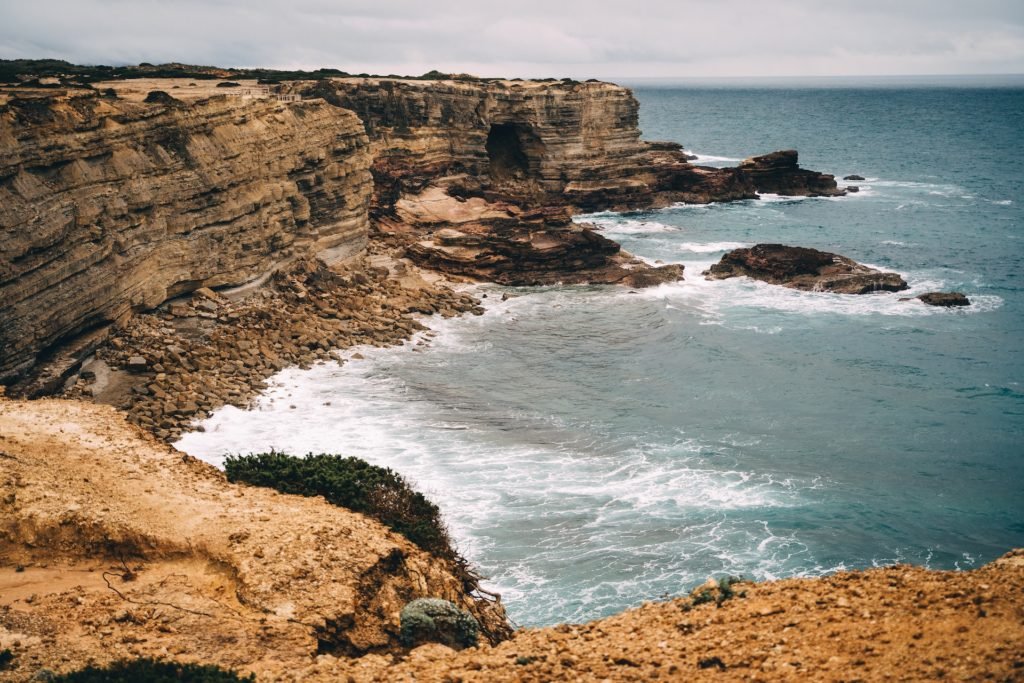
The Atlantic Ocean is another second largest ocean in the world, which covers 1/5 of the entire Earth’s surface. It is located between the African/European, and American continents. This second-largest ocean in the world is known as the saltiest of all oceans.
This ocean has an S shaped design and can be seen from Africa, Europe, and America. The word Atlantic is a Greek word that originated from an atlas that carries the sky to eternity. To be precise, the Atlantic Ocean encompasses around 1064 0000 0 km². This is almost 20% of the surface of the Earth and 29% of the water surface.
The bottom of the ocean is made with a mid-Atlantic ridge. The submarine mountain extends from Iceland to the South latitude. It has become a part of the biggest mountain range in the world. Coming to history, Christopher Columbus, the Portuguese, and the Vikings explored the ocean. Even to this day, the Atlantic Ocean is majorly known as a trading route like the transatlantic trade route.
Indian Ocean:
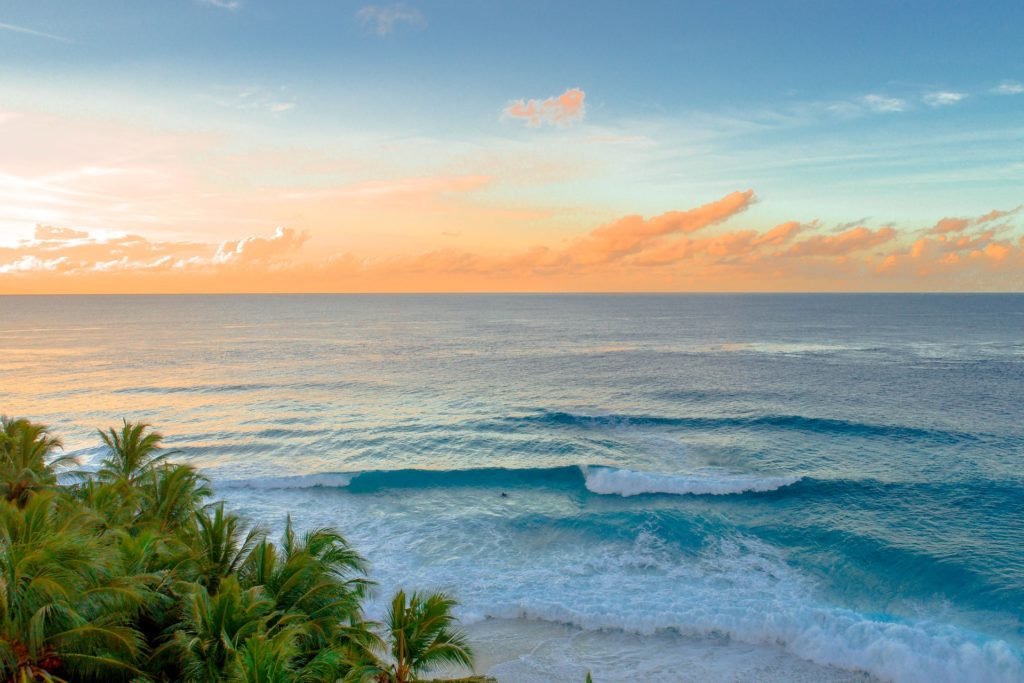
When it comes to the third largest ocean in the world, the Indian Ocean is certainly the name to be mentioned. It is situated in a densely populated area and has a huge 20% of the water covered on the surface of the Earth.
The entire ocean is surrounded by South East Asia in its north Arabian Peninsula. On the east, it is surrounded by Australia and Africa on the west. This is the third largest ocean in the world which has been named after India. It is also popular as Ratnakara, which means the mine of gems.
As it borders India, Australia, the Southern Ocean, and East Africa, it has very limited marine life. It is also because it has a huge water temperature compared to other oceans. In 880 AD, this ocean played a vital role in trading. Four tectonic plates are bounding this ocean and might include other additional plates. Geographically, the Indian Ocean is the youngest of the other five oceans.
Southern Ocean:
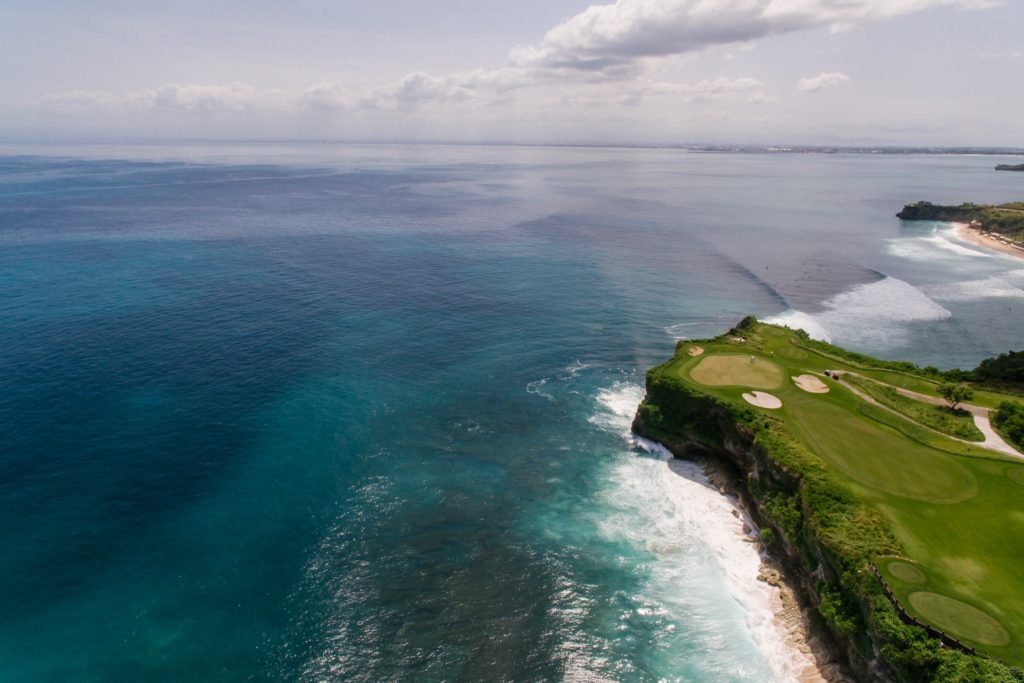
The Southern Ocean is also popular as the Antarctic Ocean or the Austrian Ocean. In 2000, this ocean was recognized by the international hydrographic organization. The entire ocean borders Antarctica.
When it comes to the size of the ocean, it is the fourth biggest ocean in the world. It encompasses an area of 203 2700 0 km². This ocean is known for northward flowing water which is very cold. Its extreme environment makes it the least-explored ocean among the five oceans.
80% of all the oceans in the world have not yet been explored. Among the many unexplored oceans, the Southern Ocean is definitely one of them. Its extreme condition becomes an obstacle for humans to find out in detail about the ocean.
Arctic Ocean:
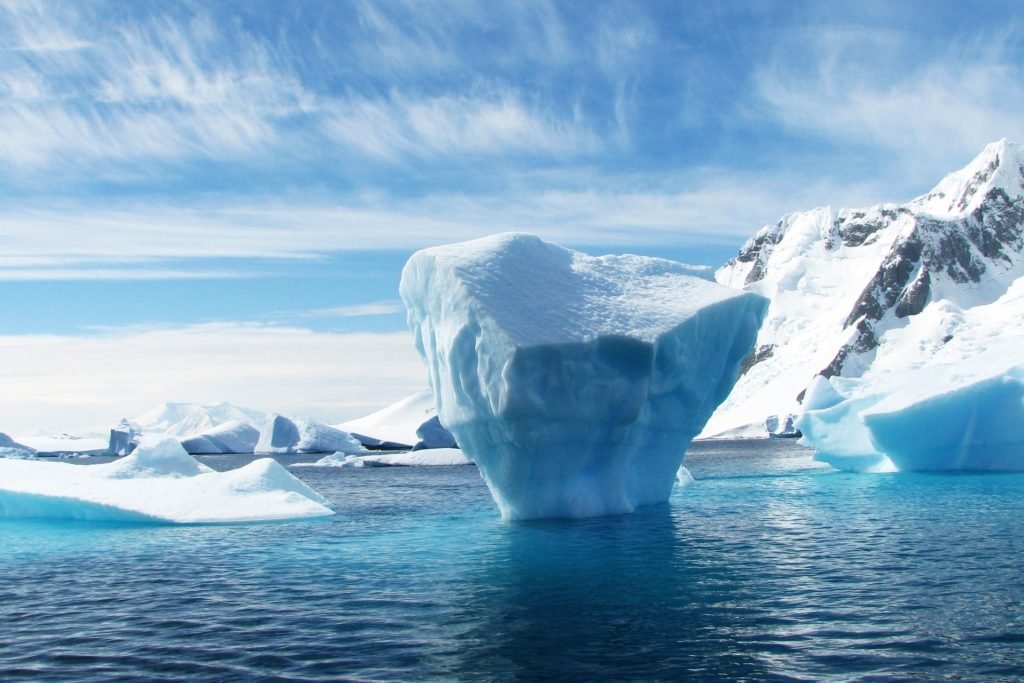
The Arctic Ocean is known as the shallowest and smallest of all the five oceans present in the world. Apart from this, it is the least salty but the coldest ocean.
When it comes to understanding the size of the Arctic Ocean, it can be justified to say that it has a similar size to Russia. As it is situated at the northern pole, the Arctic ocean majorly contains polar ice. However, due to global warming, the glaciers have started melting over the years, which again is becoming a threatening scene for rising sea levels.
This ocean is known for its diverse aquatic creatures. When it comes to fish species it has a huge variety of marine life, including jellyfish, Whales, and a lot more. However, as it has a frigid temperature, the plant life is minimal.
The five biggest oceans in the world:
These are the five biggest oceans available on the surface of the Earth. However, there are several others, like the Mediterranean Sea, which surround continents like Asia, Africa, and Europe.
With almost 71% of the surface of our Earth covered with water, a lot is still unknown to us. However, with emerging technology and science, humans are trying to explore as much as possible. But still, it can be guessed that aquatic life is impossible to explore as it is much deeper than what we can think and reach.






